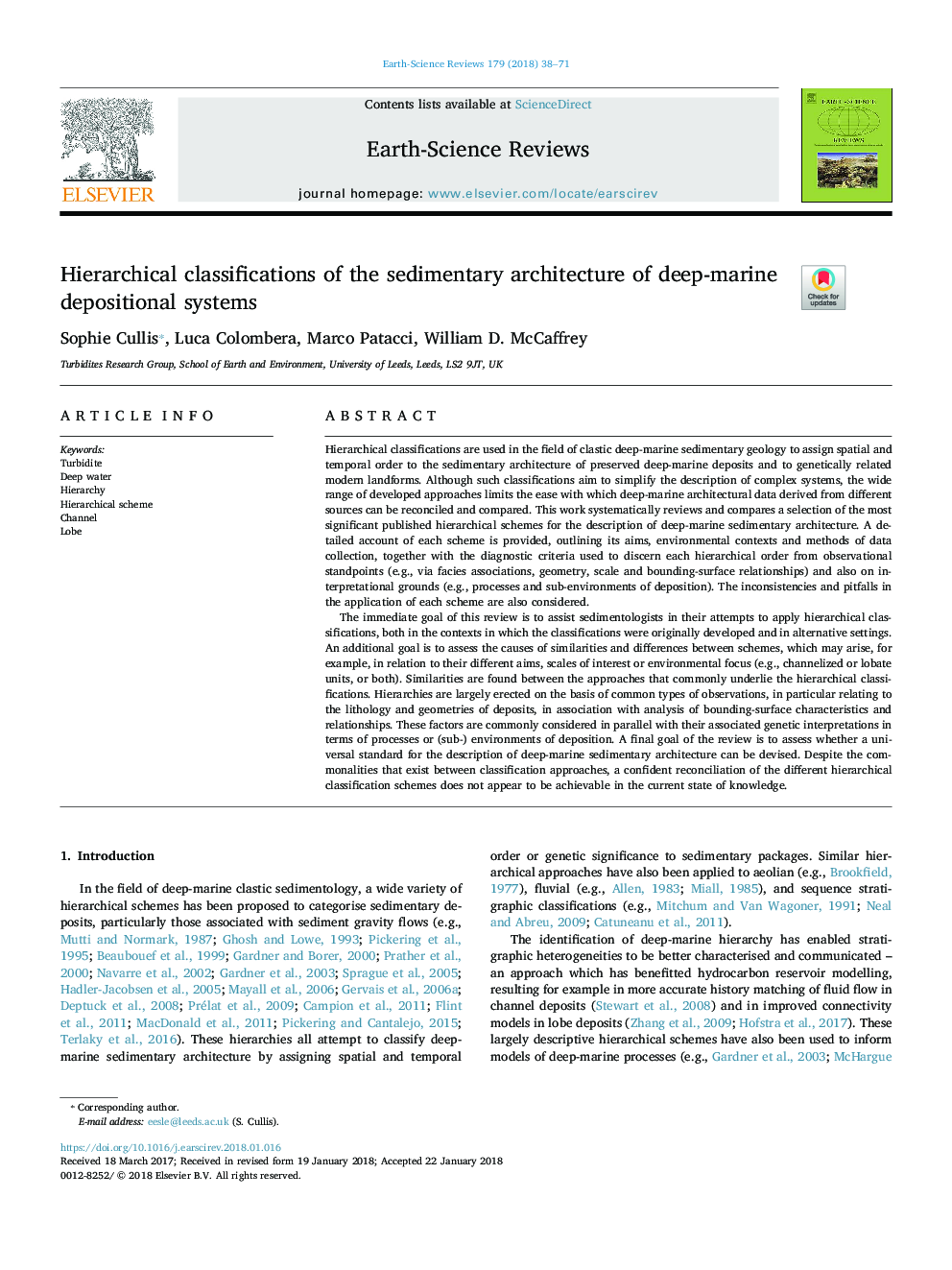| Article ID | Journal | Published Year | Pages | File Type |
|---|---|---|---|---|
| 8912969 | Earth-Science Reviews | 2018 | 34 Pages |
Abstract
The immediate goal of this review is to assist sedimentologists in their attempts to apply hierarchical classifications, both in the contexts in which the classifications were originally developed and in alternative settings. An additional goal is to assess the causes of similarities and differences between schemes, which may arise, for example, in relation to their different aims, scales of interest or environmental focus (e.g., channelized or lobate units, or both). Similarities are found between the approaches that commonly underlie the hierarchical classifications. Hierarchies are largely erected on the basis of common types of observations, in particular relating to the lithology and geometries of deposits, in association with analysis of bounding-surface characteristics and relationships. These factors are commonly considered in parallel with their associated genetic interpretations in terms of processes or (sub-) environments of deposition. A final goal of the review is to assess whether a universal standard for the description of deep-marine sedimentary architecture can be devised. Despite the commonalities that exist between classification approaches, a confident reconciliation of the different hierarchical classification schemes does not appear to be achievable in the current state of knowledge.
Related Topics
Physical Sciences and Engineering
Earth and Planetary Sciences
Geology
Authors
Sophie Cullis, Luca Colombera, Marco Patacci, William D. McCaffrey,
